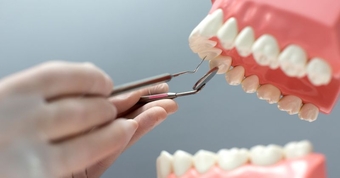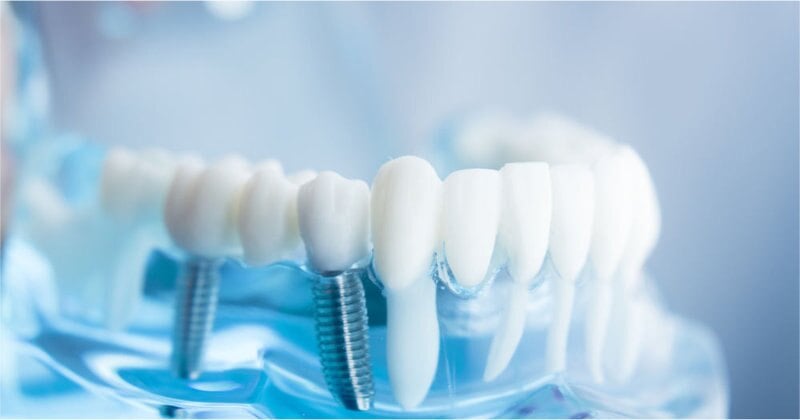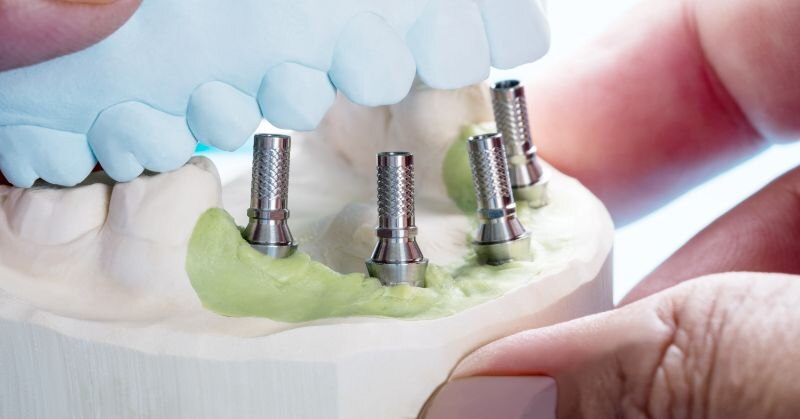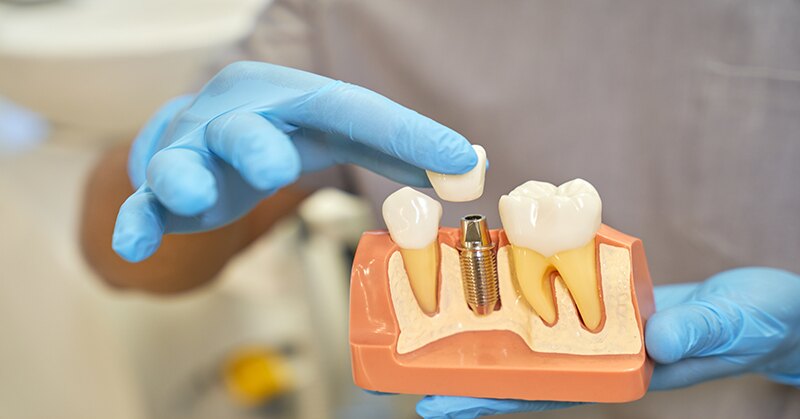Securing dental implants represents a significant leap towards restoring dental health and enhancing life quality for many. Despite their benefits, the steep price tag of dental implants puts them out of reach for many people. However, various government programs and grant opportunities exist to make dental implants more accessible.
 State and Federal Assistance Programs
State and Federal Assistance Programs1.Medicaid: A Dual-Government Effort
Medicaid, the health coverage program for qualifying low-income individuals across various demographics, offers a patchwork of dental benefits that differ by state. Although essential dental services are typically covered, the inclusion of dental implants is rare and subject to state-specific policies.
Administration: Each state tailors its Medicaid dental coverage within broad federal guidelines. Adult dental benefits are optional and thus vary significantly, whereas pediatric dental coverage is more uniformly provided.
Eligibility: Criteria for Medicaid eligibility include income level, family size, and additional state-specific considerations, primarily targeting the economically disadvantaged.
Application Process: Medicaid applications can be submitted through state agencies via online platforms, in-person visits, or telephone inquiries, necessitating detailed documentation to verify eligibility.
2.Medicare: Federal Health Insurance for Special Groups
Medicare, catering to individuals 65 and older, younger people with certain disabilities, and those with End-Stage Renal Disease, focuses on hospital and medical insurance but largely excludes dental care, including implants.
Structure: The program is segmented into parts covering hospital insurance (Part A), medical services (Part B), prescription drugs (Part D), with Medicare Advantage Plans (Part C) possibly offering added benefits.
Eligibility: People aged 65 and above, those with specific disabilities, and patients with End-Stage Renal Disease or ALS qualify for Medicare.
Enrollment: Signing up for Medicare is facilitated through the Social Security Administration's online portal, by phone, or at a Social Security office.
3.Children's Health Insurance Program (CHIP)
CHIP provides affordable health coverage for children from families earning too much to qualify for Medicaid but too little to afford private insurance. While offering a broad spectrum of health services, including dental, CHIP's coverage for dental implants is generally limited.
Operation: CHIP guarantees comprehensive health care for children, covering routine visits, immunizations, and dental and vision care, with preventive dental services included.
Eligibility: Eligibility hinges on the child's age, family income, and state-specific regulations, aiming to assist families caught between Medicaid and private insurance thresholds.
Application: CHIP enrollment is possible through state health insurance marketplaces, by phone, or via paper applications, with some states also offering online submission through Medicaid websites.
Exploring Additional Avenues: Cosmetic Dentistry Grants (CDG) Program
Beyond government programs, the Cosmetic Dentistry Grants (CDG) Program emerges as an alternative, offering financial aid for cosmetic dental work, including implants.
Eligibility Criteria: Applicants must be adults in need of cosmetic dental treatment with good oral health. The program is accessible to individuals across all income brackets.
Application Procedure: Prospective recipients can apply at no cost through the CDG website, with oral assessments and consultations provided free, though x-ray fees may apply.
Grant Details: Grants from CDG, which do not require repayment, are designated for elective cosmetic procedures. It is crucial to note that general dentistry work is not covered.
Conclusion
While direct government support for dental implants through Medicaid, Medicare, and CHIP may be limited, these programs together with the CDG offer pathways to mitigate the financial burden of dental implants. Potential applicants are encouraged to delve into the specifics of each program and consider all available options to make dental implants a more achievable goal.




